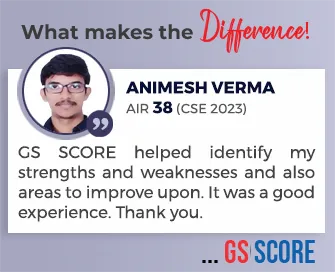

31st March 2025 (31 Topics)
Context
The Union government has decided to put on hold the rollout of a satellite-based highway toll collection system that could eventually pave the way for fare booths to be removed.
What is the new proposed highway tolling system?
- The global navigation satellite system uses a large constellation of satellites to provide more accurate location and navigation information to users globally as compared to the GPS alone.
- The new system’s implementation will involve an On-Board Unit (OBU),or a tracking device, fitted inside a vehicle whose location can be mapped using
- The co-ordinates of the entire length of the country’s national highways will have to be logged with the help of digital image processing, and software will be used to assign the toll rate on a particular highway, calculate the toll amount for a vehicle as per the distance travelled by it and then deduct it from a wallet linked to the OBU.
- The system will additionally have gantries, or arches mounted with CCTV cameras, at various points on a highway for enforcement purposes.
- These will capture an image of the vehicle’s high security registration plate and cross verify if a road user is trying to trick the system by either removing the tracking device or travelling without an OBU onboard.
Fact Box:GPS Aided GEO Augmented Navigation (GAGAN)
|
More Articles

